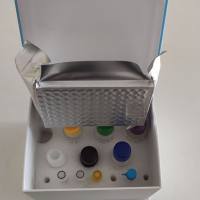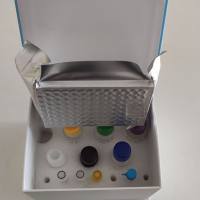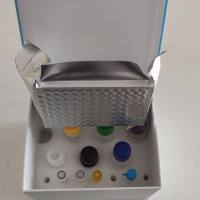Microscopic Assessment of Angiogenesis in Tumors
互联网
互联网
相关产品推荐

ANO1/ANO1蛋白Recombinant Human Anoctamin-1 (ANO1)重组蛋白(Discovered on gastrointestinal stromal tumors protein 1)(Oral cancer overexpressed protein 2)(Transmembrane protein 16A)(Tumor-amplified and overexpressed sequence 2)蛋白
¥2328

PRAME/PRAME蛋白Recombinant Human Melanoma antigen preferentially expressed in tumors (PRAME)重组蛋白Opa-interacting protein 4 ;OIP-4Preferentially expressed antigen of melanoma蛋白
¥1500

Deleted in malignant brain tumors 1 protein, Dmbt1 ELISA K/ Mouse Deleted in malignant brain tumors 1 protein, Dmbt1 ELISA K
¥2980

Human Deleted in malignant brain tumors 1 protein,DMBT1 ELISA K
¥2890

Dmbt1 ELISA Kit| Mouse Deleted in malignant brain tumors 1 protDmbt1 ELISA试剂盒| Mouse Deleted in malignant brain tumors 1 prot
¥2980

